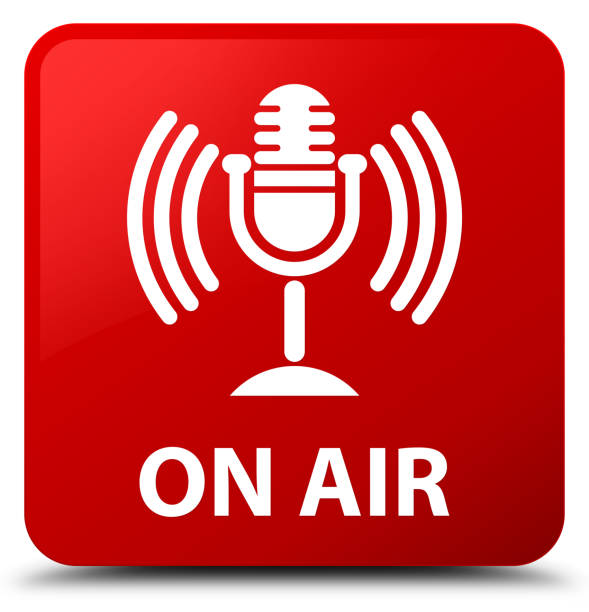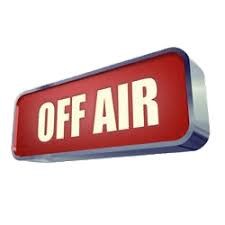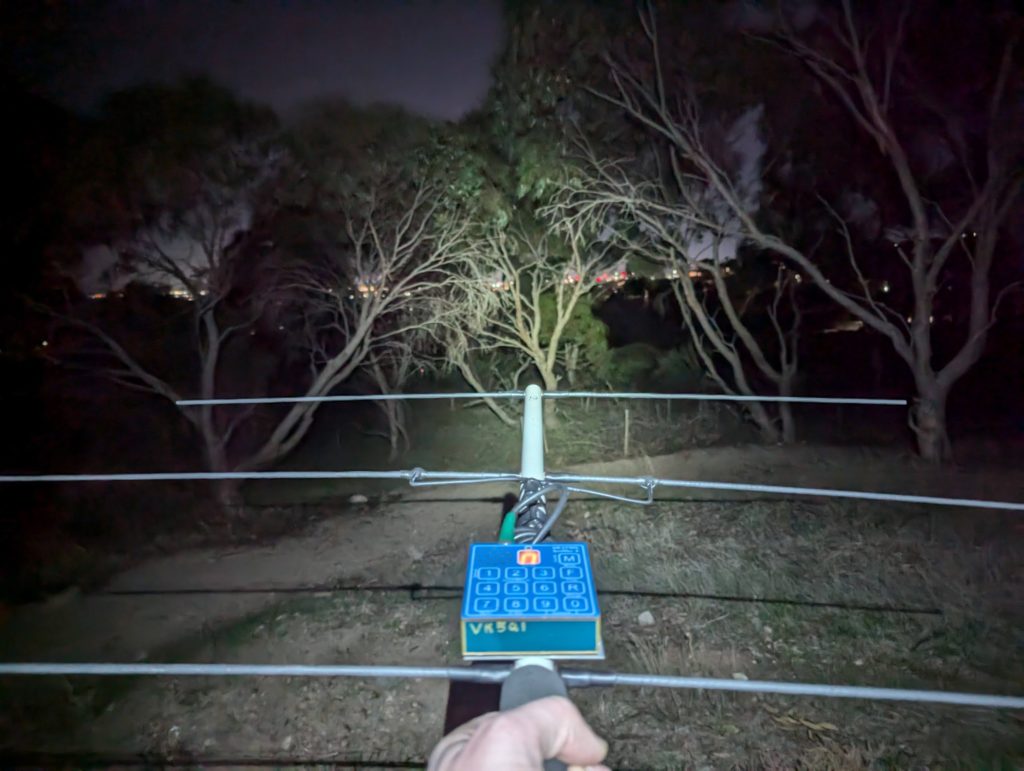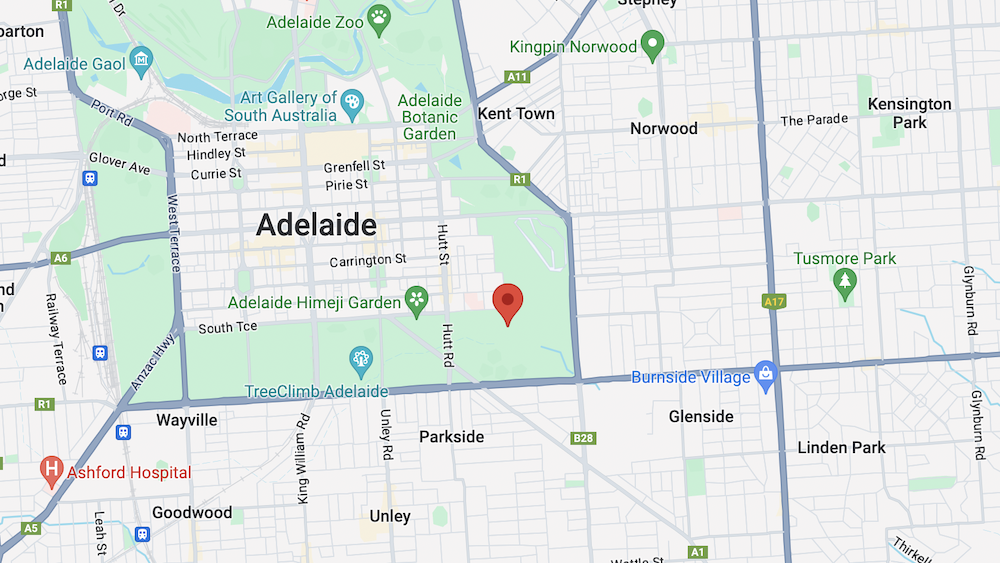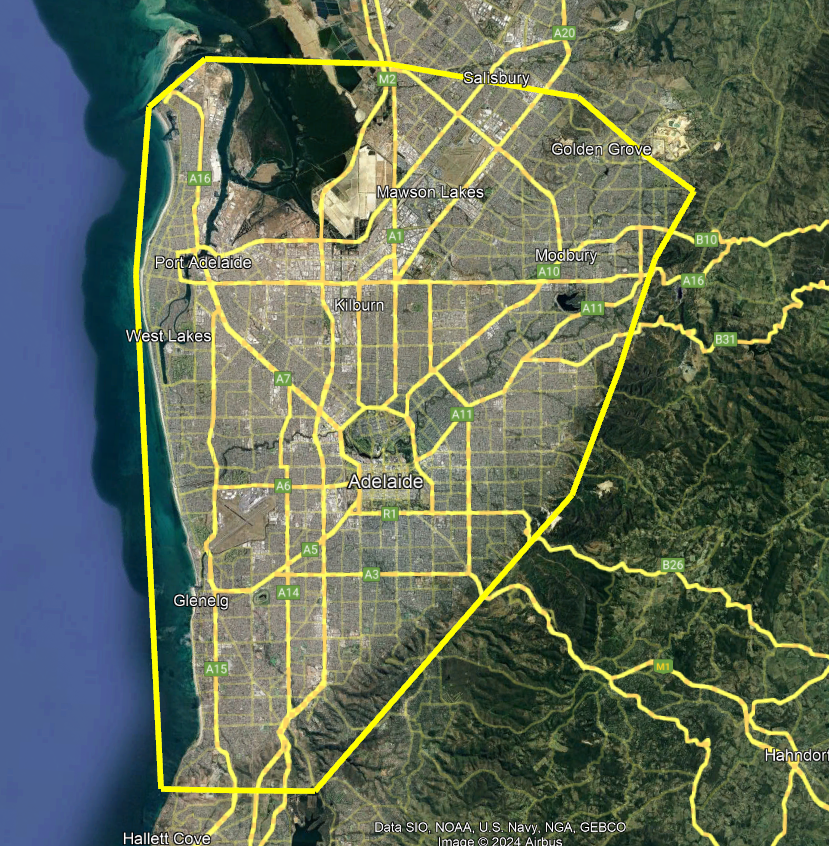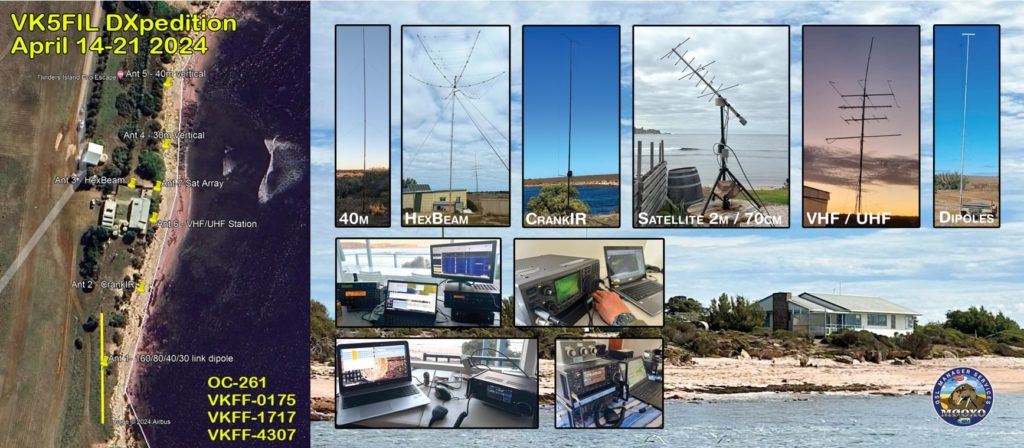Update 7th Aug: Launch is now planned to be from the Auburn Oval, with predictions trending generally north, landing near Spalding.
AREG’s High-Altitude Ballooning sub-group, Project Horus, is planning their next launch for Sunday the 11th of August, with a planned launch time of 10 AM ACST. If we have to scrub due to weather, the backup launch dates will be either the 18th or 25th of August (though we will try and avoid the 18th due to the Remembrance Day contest).
TRACKING LINKS
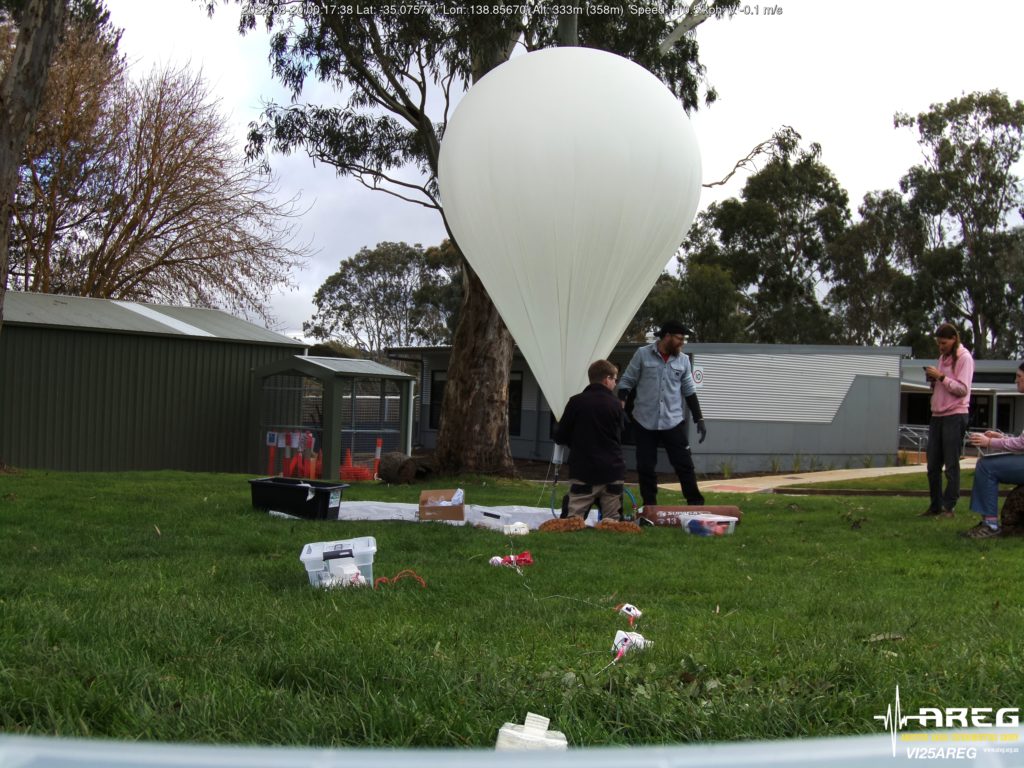
This launch is currently planned to be performed from the Auburn Community Oval, with the launch team arriving on site from around 9:00-9:30 AM.
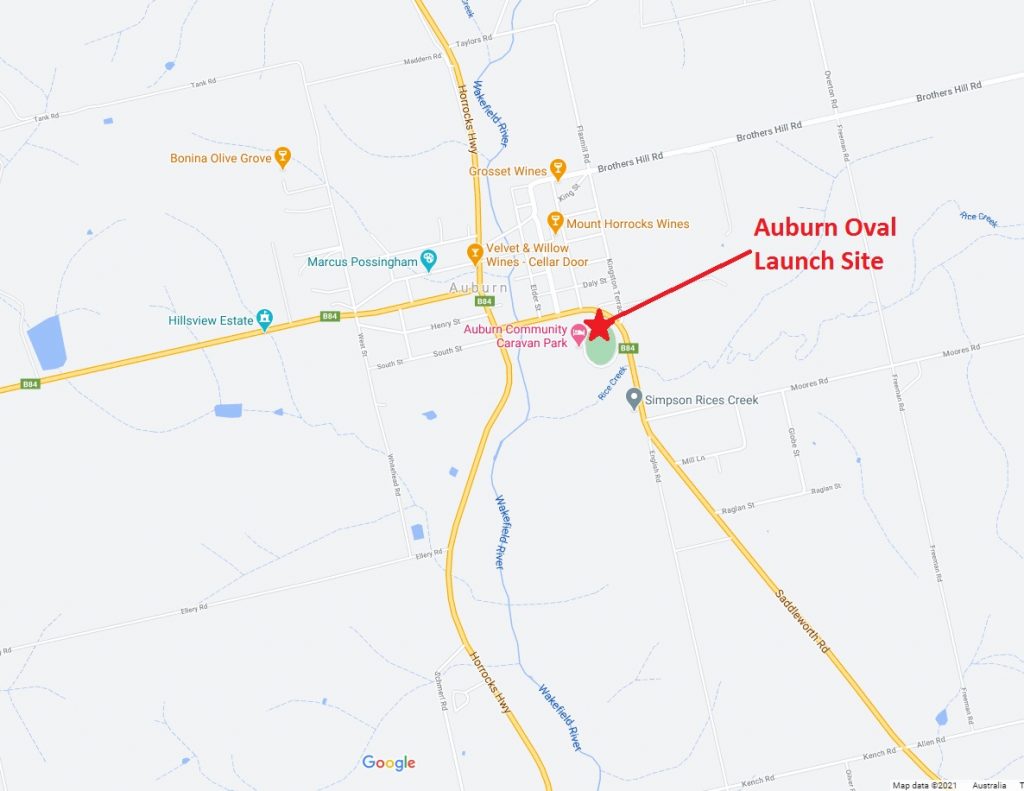
This will be a bit bigger than our last flight, and will feature a re-flight of our new Wenet ‘HQ’ imagery payload. The payload list currently stands at:
- Wenet HQ imagery on 443.5 MHz.
- Primary Horus Binary telemetry on 434.200 MHz
- Experimental Horus Binary payload, using a different battery brand, on 434.210 MHz
- TheThingsNetwork tracking payload, using the AU915 band-plan.
During the flight, all the payloads can be tracked lived on the SondeHub-Amateur tracker here!
There is also a flight telemetry dashboard available here.
Primary Telemetry – Horus Binary 434.200 MHz – HORUS-V2
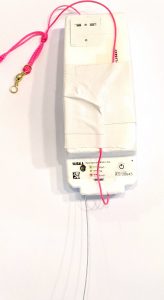 The primary tracking telemetry will be transmitted on 434.200 MHz using the Horus Binary 4FSK data mode. Amateurs in the Adelaide and Central SA region are also encouraged to get involved with the flight through receiving and uploading flight telemetry from our 70cm band tracking beacons. Every piece of telemetry data is valuable to the flight tracking and recovery teams so if you can help join the distributed receiver network to collect that data you will be making an important contribution to the project!
The primary tracking telemetry will be transmitted on 434.200 MHz using the Horus Binary 4FSK data mode. Amateurs in the Adelaide and Central SA region are also encouraged to get involved with the flight through receiving and uploading flight telemetry from our 70cm band tracking beacons. Every piece of telemetry data is valuable to the flight tracking and recovery teams so if you can help join the distributed receiver network to collect that data you will be making an important contribution to the project!
If you try receiving the telemetry from this flight, you’ll need a SSB-capable 70cm receiver (or a SDR), and the Horus-GUI telemetry decoder software. A brief guide on setting this up is available here: https://github.com/projecthorus/horusdemodlib/wiki/1.1-Horus-GUI-Reception-Guide-(Windows-Linux-OSX)
Listeners that already have Horus-GUI installed are encouraged to update to the latest version, which is available at this link.
Note that you will need to use a USB ‘dial’ frequency of 434.199 MHz for the 4FSK signal to be centred in your receiver passband and hence be decodable.
Experimental Battery Payload – Horus Binary 434.210 MHz – VK5ARG
An experimental payload will be transmitting on 434.210 MHz using the Horus Binary 4FSK data mode, and can be received in the same way as the primary tracking payload, with information above. For this payload you will need to use a USB ‘dial’ frequency of 434.209 MHz.
This payload is another test of the Riuhu FR1505 Lithium AA cells, which performed well on our last launch. This time we’ll be flying a ‘cut down’ tracking payload, weighing in at only 35g and using a single AA lithium cell.
Wenet Imagery – 443.500 MHz
Imagery on this flight will be transmitted via the Wenet downlink system, which uses 115kbit/s Frequency-Shift-Keying to send HD snapshots. Reception of the Wenet imagery requires a Linux computer, a RTLSDR, and a 70cm antenna with some gain (a 5-element Yagi is usually enough).
This payload will re-fly the PiCamera HQ, which was previously launched on Horus 60. We hope to get a clearer day this time to get some nice imagery of our state, rather than just images of cloud!
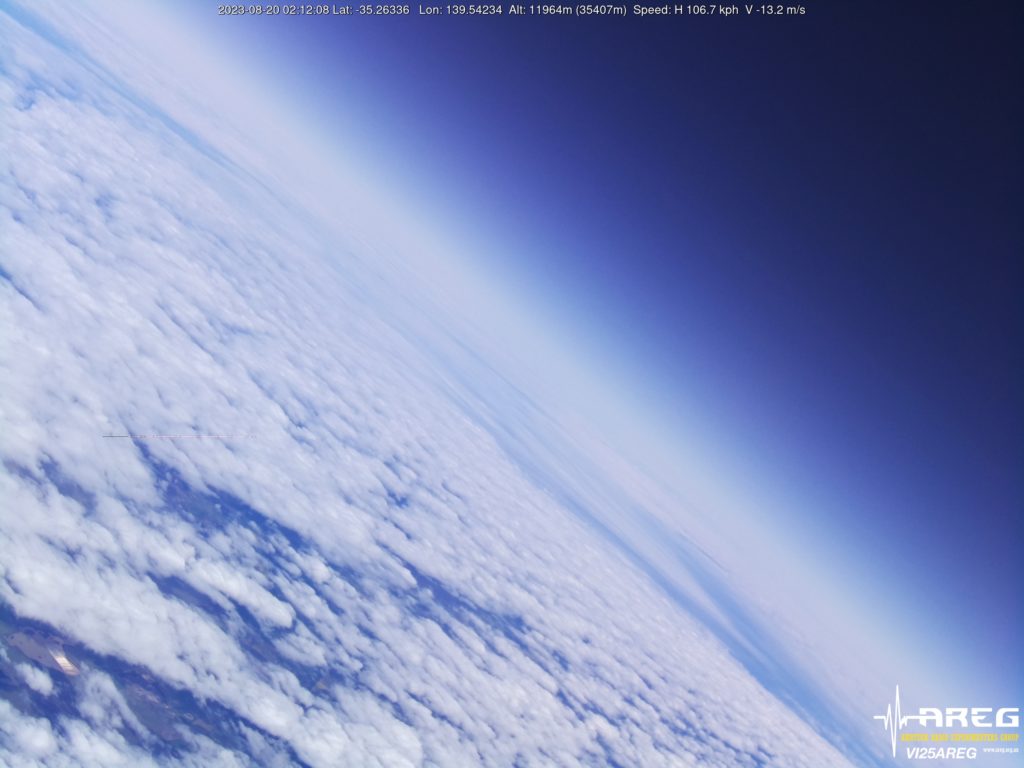
Wenet imagery from Horus 60
A guide on how to get set up to receive the Wenet signal is available here: https://github.com/projecthorus/wenet/wiki/Wenet-RX-Instructions-(Linux-using-Docker)
Please note the transmit frequency of 443.5 MHz, which may require listeners to re-configure their Wenet setup. Listeners who are already setup to receive Wenet should consider updating their decoding software to the latest version with update instructions available here. If you received Horus 60, then no software updates are required.
During the flight, the live imagery will be available at this link: http://ssdv.habhub.org/
TheThingsNetwork Payload – 915 MHz LIPD Band

This flight will also fly a LoRaWAN payload built by Liam VK5ALG, relaying positions via TheThingsNetwork (TTN), a global Internet-of-Things network with hundreds of receiver gateways across Australia. You can find out more about how TheThingsNetwork works here.
The aim of this payload is to see what kind of range is possible on the 915 MHz band, and also test a new telemetry gateway which will forward TTN telemetry to the SondeHub-Amateur tracker.



